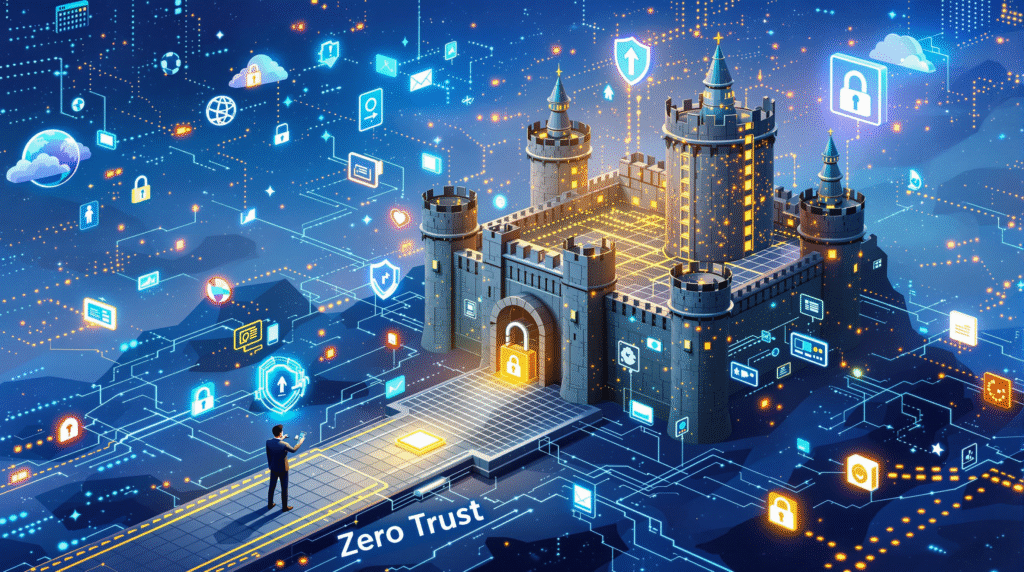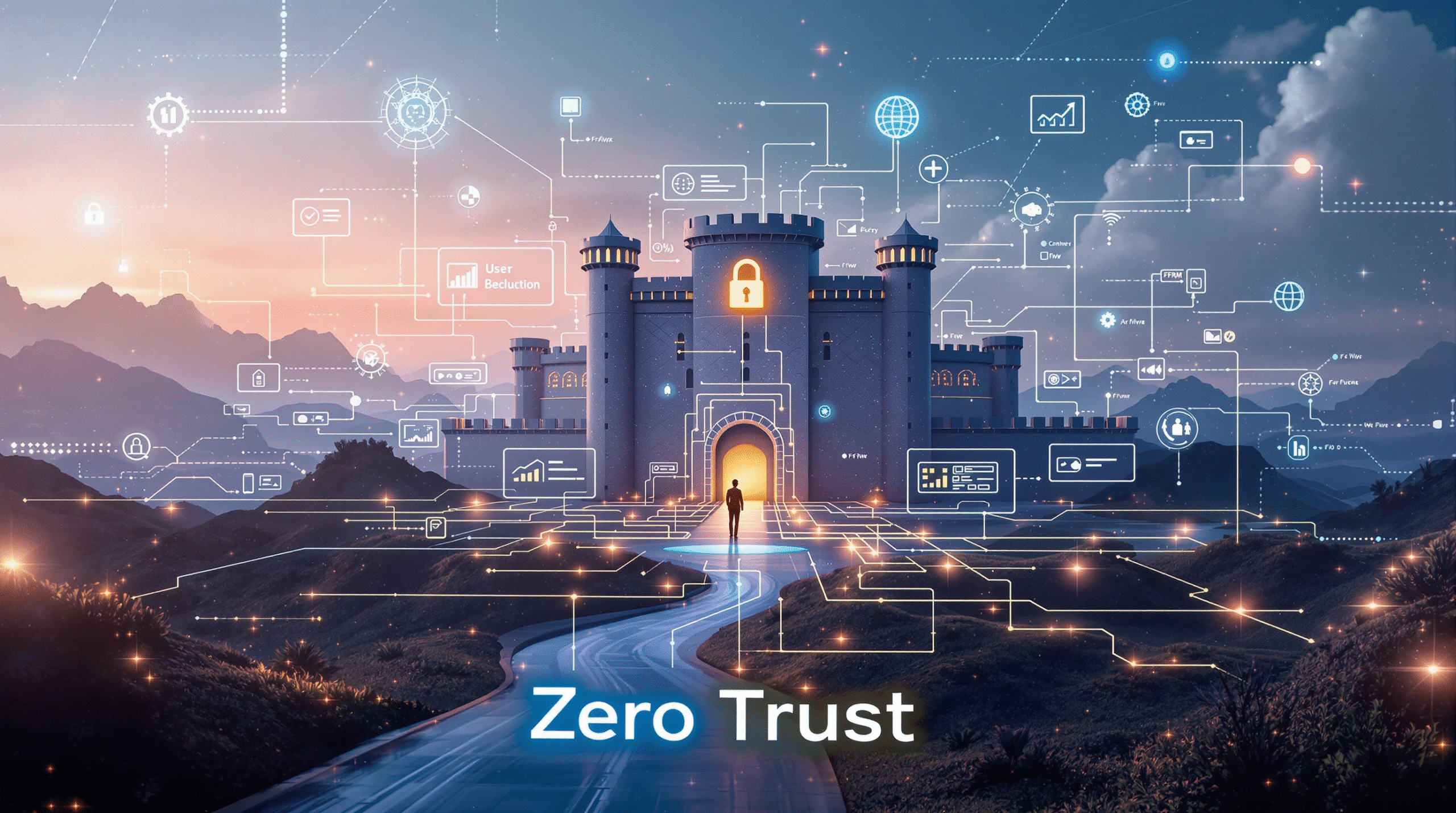As cyber threats grow more sophisticated and workforces become increasingly remote, traditional “trust but verify” security models are no longer enough. Enter Zero Trust Security—a modern approach that assumes no user, device, or application should be trusted by default, whether inside or outside your network.
What Is Zero Trust Security?
Zero Trust is a cybersecurity framework built on the principle of “never trust, always verify.” Instead of relying on a secure perimeter, Zero Trust requires every access request to be authenticated, authorised, and continuously validated. This means that even employees or known devices must prove their identity and security posture every time they access sensitive resources.
How Zero Trust Works
Zero Trust is built on several core principles:
- Explicit Verification: Every user and device must be authenticated using strong methods like multi-factor authentication (MFA) and device health checks.
- Least Privilege Access: Users and applications are given only the permissions they need—nothing more. This limits the damage if an account is compromised.
- Micro-Segmentation: The network is divided into smaller zones, so attackers can’t move freely across the entire environment if a breach occurs.
- Continuous Monitoring: User activity and device health are constantly monitored for unusual behavior, allowing for rapid detection and response to threats.

Why Zero Trust Matters
The rise of cloud computing, remote work, and bring-your-own-device (BYOD) policies has blurred the traditional network perimeter. Attackers can exploit weak points from anywhere, making it critical to verify every access attempt. Zero Trust reduces the attack surface, contains breaches, and helps organisations meet compliance requirements by providing detailed access logs and controls.
Implementing Zero Trust: Where to Start
Adopting Zero Trust doesn’t require a complete overhaul overnight. Start by identifying your most sensitive data and critical systems. Implement strong identity verification (like MFA), segment your network, and enforce least privilege access. Gradually expand Zero Trust practices to cover more users, devices, and applications.
The Bottom Line
Zero trust security is more than a buzzword—it’s a necessary evolution in cybersecurity. By continuously verifying every access request and limiting permissions, organizations can better protect themselves against today’s advanced threats. As technology and work habits continue to change, Zero Trust provides a flexible, future-proof foundation for network security.


Leave a Reply